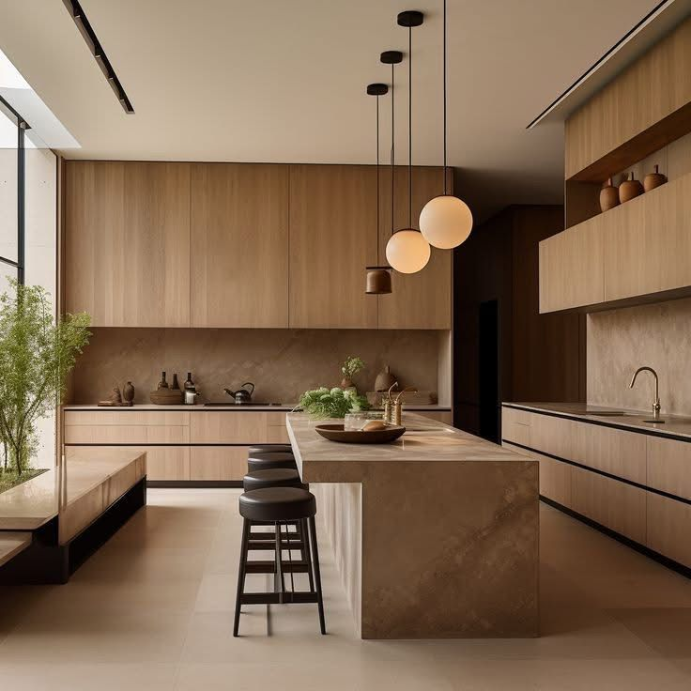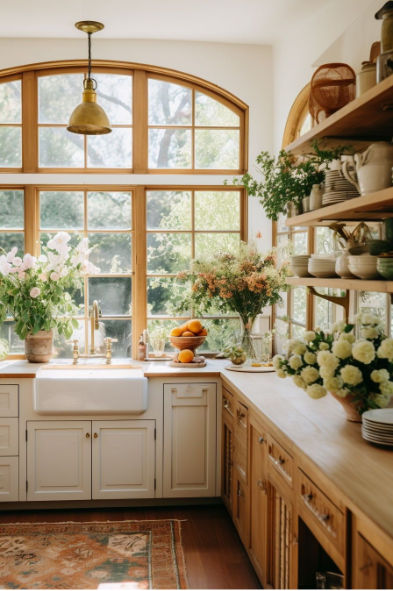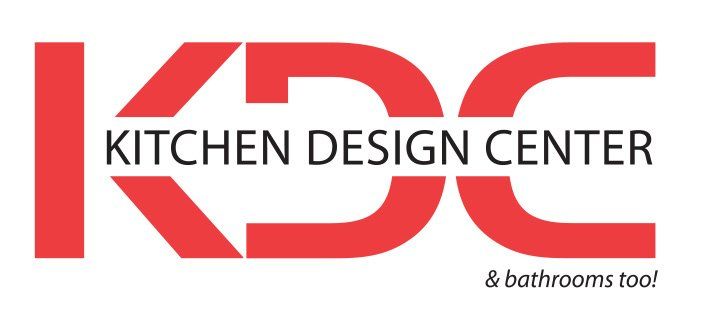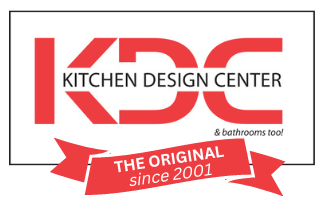The Hidden Costs of a Bad Kitchen Design (and How to Avoid Them)
A kitchen remodel is one of the biggest investments a homeowner can make. But here’s the reality: a beautiful kitchen that doesn’t function well can cost you far more than you realize—financially, emotionally, and even socially.
At Kitchen Design Center (KDC), we’ve seen homeowners spend thousands on stunning kitchens, only to realize a year later that the layout drives them crazy, cooking feels like a chore, and family time in the kitchen doesn’t happen the way they hoped.
Why? Because many designs focus on how a kitchen looks rather than how people actually live in it. The result is what we call the “hidden costs” of bad design—frustration, wasted time, higher stress, and sometimes even lower home value.
Today, we’re uncovering those hidden costs and showing you how smart, psychology-informed design can help you avoid them.
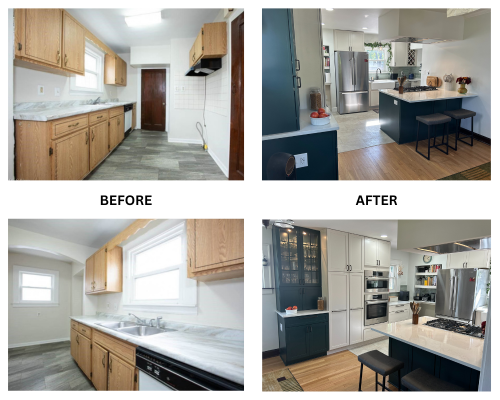
1. The Cost of Poor Workflow: Time Lost Every Single Day
The Problem:
If your fridge, sink, and stove aren’t positioned for easy movement between them—the classic “work triangle”—you’re losing minutes every time you cook. Over a year, that adds up to hours of extra time spent walking around your kitchen instead of enjoying meals with your family.
Behavioral Insight:
Humans are creatures of habit. We repeat the same movements every day without thinking about them. When the environment is poorly designed, those small inefficiencies quietly drain energy and increase frustration.
The Solution:
- Design around the way you cook, not just a standard layout.
- Keep major appliances within easy reach of each other.
- Add landing zones (counter space) near each appliance for convenience.
A well-designed workflow saves time without you even noticing—it just feels easier.

2. The Emotional Toll of Clutter and Chaos
The Problem:
Beautiful kitchens often fail at storage planning. The result? Counters covered in appliances, random piles of mail, and that dreaded “junk drawer” multiplying across the room.
Behavioral Insight:
Psychologists know clutter increases cortisol, the stress hormone. It bombards your senses and leaves your brain feeling overwhelmed, even if you don’t consciously notice it.
The Solution:
- Plan storage for every item before the remodel starts.
- Use appliance garages, pull-out drawers, and vertical storage to hide clutter.
- Keep frequently used items accessible but out of sight.
When everything has a home, the environment gently nudges you toward order and calm.
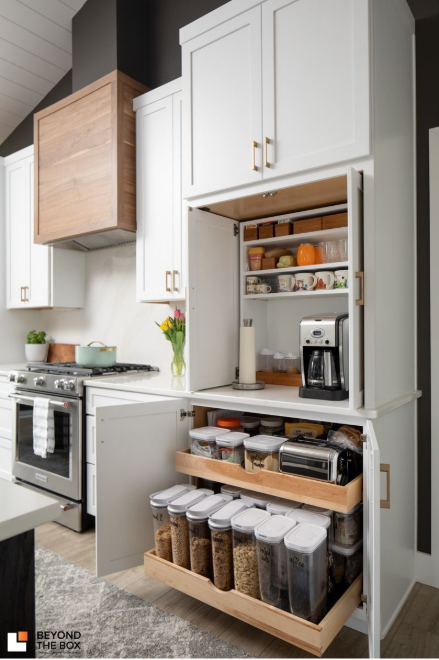
3. The Social Cost of a Disconnected Space
The Problem:
Kitchens are social hubs, but many designs unintentionally isolate the cook. A poorly placed island or lack of seating can mean family and guests end up elsewhere while meals are prepared.
Behavioral Insight:
Humans are wired for connection. We gather around food naturally, but only if the space invites us in.
The Solution:
- Add seating at islands or peninsulas where people can gather without getting in the cook’s way.
- Use lighting and layout to create a warm, welcoming atmosphere.
- Position prep spaces so the cook faces others rather than a wall.
A kitchen designed for connection quietly pulls people together without forcing it.
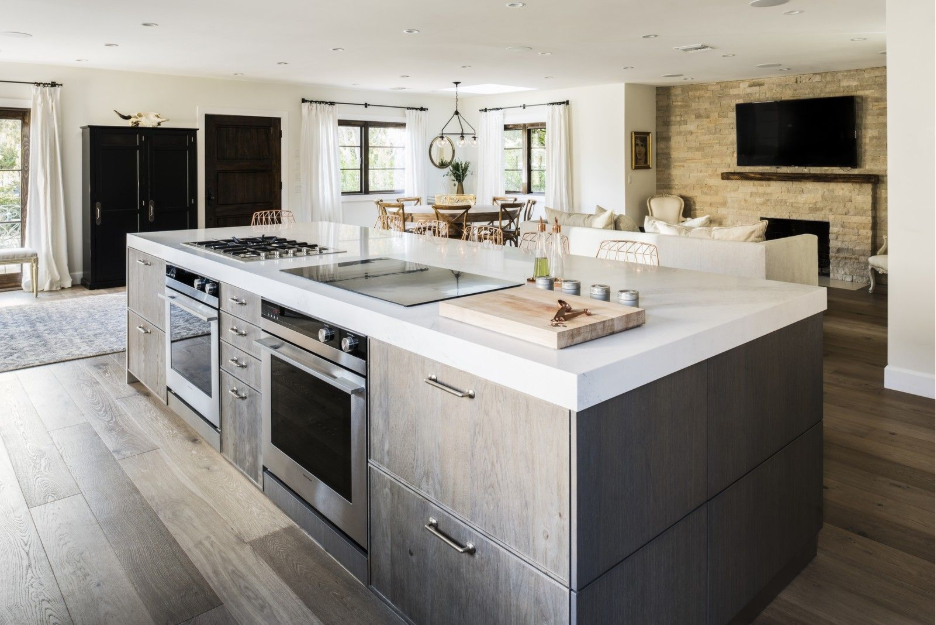
4. The Financial Hit of Inefficient Appliances
The Problem:
Old or poorly placed appliances cost more to run and make cooking feel like work.
Behavioral Insight:
Convenience drives behavior. If cooking feels hard, you’ll order takeout more often— costing far more over time than investing in energy-efficient, well-placed appliances upfront.
The Solution:
- Choose energy-efficient models to cut utility bills.
- Place appliances where they’re easiest to use in daily life.
- Consider adding specialty stations like coffee bars or beverage fridges to streamline routines.
When the environment makes cooking simple, you naturally use your kitchen more.

5. The Hidden Price of Bad Lighting
The Problem: Many kitchens rely on a single overhead light, leaving prep areas in shadow and dining areas too bright and sterile.
Behavioral Insight: Lighting affects mood and behavior. Harsh lighting creates tension, while layered, adjustable lighting promotes comfort and relaxation.
The Solution:
- Add task lighting under cabinets for food prep.
- Use dimmable overhead lights to adjust ambiance.
- Include accent lighting to highlight design features or create a cozy feel.
Good lighting subtly guides how people feel and interact in the space.

6. The Stress of Noisy, Hard-to-Clean Surfaces
The Problem:
Some materials look beautiful but are noisy, high-maintenance, or show every fingerprint.
Behavioral Insight:
When your environment constantly demands attention—like water spots on shiny counters or the clang of metal surfaces—your brain never fully relaxes.
The Solution:
- Choose matte finishes and durable, low-maintenance materials.
- Use sound-absorbing elements like rugs or upholstered seating.
Quiet, easy-to-maintain spaces lower background stress levels in ways you’ll feel but can’t always name.
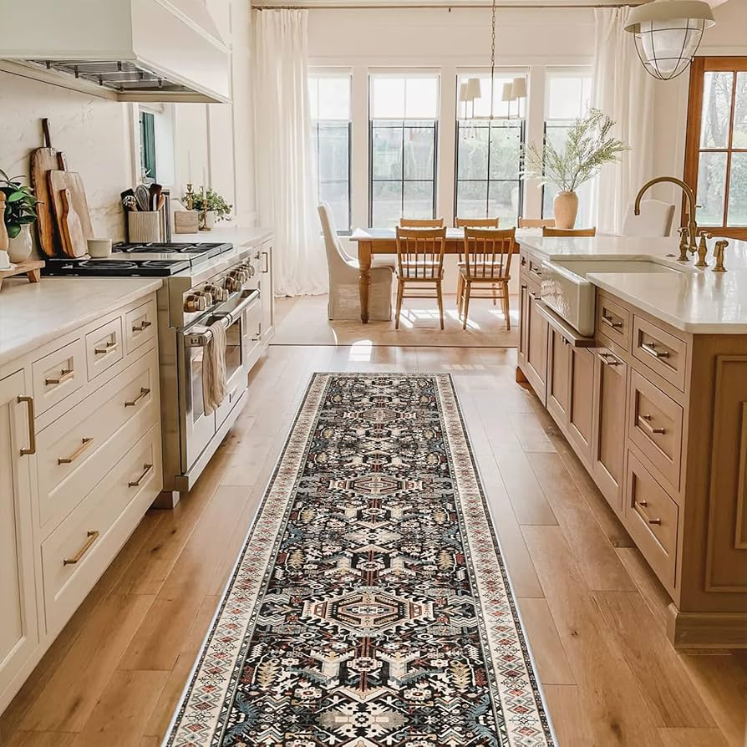
7. The Resale Risk of a Trend-Heavy Kitchen
The Problem:
Ultra-trendy designs can hurt resale value if they don’t appeal to future buyers.
Behavioral Insight:
People make home-buying decisions emotionally, then justify them logically. A kitchen that feels awkward or polarizing can turn buyers off instantly.
The Solution:
- Choose timeless layouts and surfaces for major elements.
- Use trendy colors or patterns in easily changeable accents, like paint or light fixtures.
This keeps your space feeling current without risking long-term value.

8. The Opportunity Cost of DIY Design
The Problem:
Online inspiration and DIY design tools make it tempting to plan a remodel alone. But mistakes—like poor workflow or lack of storage—can be expensive or even irreversible.
Behavioral Insight:
It’s easy to underestimate complexity when we don’t know what we don’t know. Psychologists call this the “illusion of explanatory depth.”
The Solution:
- Work with professional designers who understand both form and function.
- Use 3D modeling tools to visualize changes before committing.
An expert-guided process prevents costly surprises and makes the final space truly work for your life.

9. The Relationship Strain of Daily Frustration
The Problem:
A kitchen that doesn’t work well causes small daily annoyances—spilled drinks, bumped elbows, dinner delays. Over time, these frustrations can strain relationships.
Behavioral Insight:
Environments shape interactions. When the space creates friction, people subconsciously associate that frustration with each other, not just the room.
The Solution:
- Design with multiple users in mind—add extra prep areas, wider walkways, and thoughtful storage.
- Include seating so kids or guests can join without getting underfoot.
A functional kitchen creates more positive moments and fewer conflicts.

10. The Cost of Energy Drain
The Problem:
When your kitchen constantly feels cluttered, dark, or inefficient, it quietly saps your mental energy.
Behavioral Insight:
Psychologists call this “decision fatigue.” The more small obstacles you face, the less energy you have for meaningful tasks.
The Solution:
- Simplify layouts, storage, and lighting to reduce micro-decisions.
- Create zones for cooking, eating, and relaxing so the space feels organized automatically.
A well-designed kitchen gives energy back instead of taking it away.

Designing for Real Life
A bad kitchen design doesn’t just cost money—it costs time, energy, and peace of mind. The good news? All of these hidden costs are preventable with smart planning and expert guidance.
At KDC, we combine beautiful design with behavioral science to create kitchens that work as well as they look. When your environment supports the way you live, you cook more, connect more, and stress less.
If you’re ready to invest in a kitchen that pays you back every day, schedule a design consultation today. Our $250 design fee covers a professional in-home measure, personalized planning, and a design tailored to your lifestyle.
Let’s build a kitchen that truly works for you.
